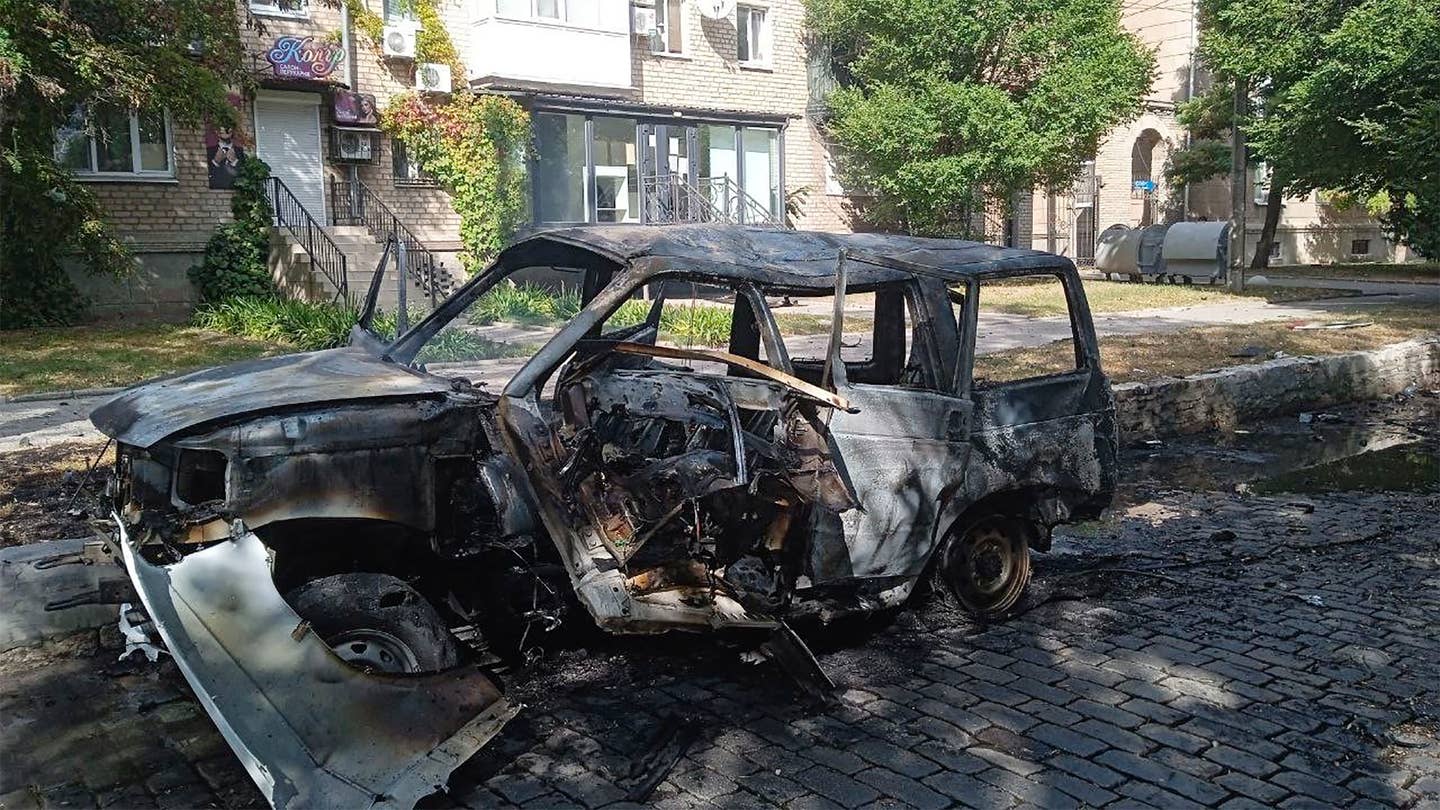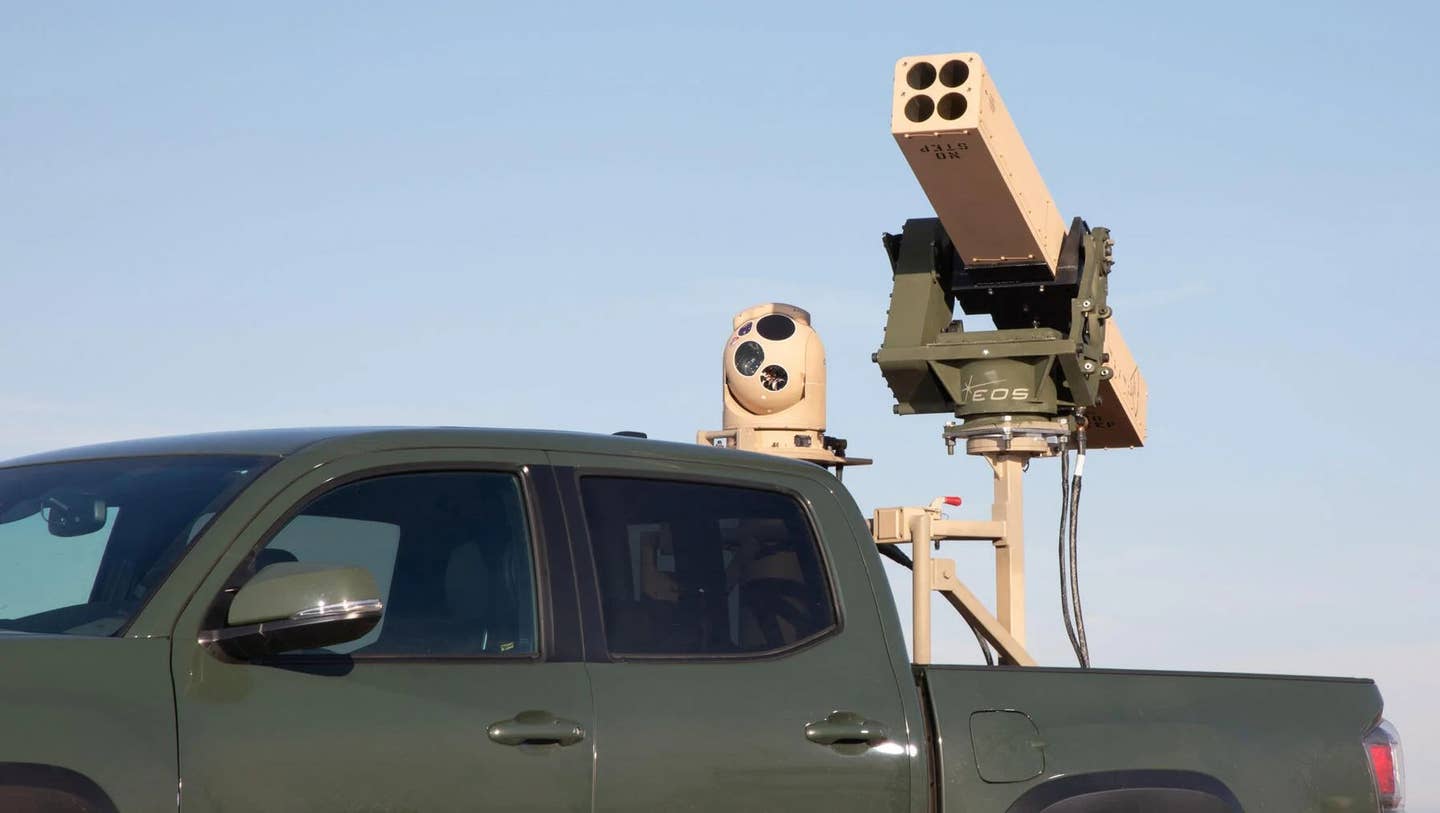HOWARD ALTMAN

Ukrainian partisans are wreaking havoc on Russian forces and those who have collaborated with them, the Institute for the Study of War says in its latest assessment of Vladimir Putin's 251-day-old full-on war.
“Effective Ukrainian partisan attacks are forcing the Kremlin to divert resources away from frontline operations to help secure rear areas, degrading Russia’s ability to defend against ongoing Ukrainian counteroffensives, let alone conduct their own offensive operations,” according to ISW. “Poor Russian operational security has enabled Ukrainian partisan attacks.”
In a cascading series of misfortunes, Russia’s “increasing manpower shortages are likely degrading” Moscow’s ability to “effectively secure Russian rear areas against partisan attacks and simultaneously defend against Ukrainian counteroffensives. The Kremlin still has not effectively countered Ukraine’s organized partisan movement and is unlikely to have the capabilities to do so.”
Ukrainian partisans “have conducted dozens of confirmed attacks across occupied Ukraine and have assassinated at least 11 Russian occupation officials and prominent collaborators as of Nov. 1,” according to ISW.
Those attacks began on March 1, when men in military fatigues - “most likely Ukrainian partisans” - kidnapped Kreminna's pro-Russian mayor, Volodymyr Struk, in Zhytlivka, Luhansk Oblast, according to ISW. His body was found the following day.
The most recent such attack took place Oct. 25, when “Ukrainian partisans conducted a vehicle-borne improvised explosive device (VBIED) attack on Zaporizhia Oblast occupation head Yevgeny Balitsky’s media building in Melitopol, where a Russian Federal Security Service (FSB) branch was reportedly deployed.”
The attack’s intended target is unclear, according to ISW, but it “reportedly injured five people, including pro-Russian propagandists working at the "Za-TV" media outlet stationed at the building.”
ISW said it created this list using “only events that ISW can verify with high confidence using visual evidence, remotely sensed data, or Russian and Ukrainian source corroboration. It “only includes events that official Ukrainian government entities have claimed or discussed.”
A big contributing factor in these attacks is that "Russian forces have not effectively concealed the identities of pro-Russian collaborators and have failed to provide basic security to Russian occupation officials at their homes and places of work," according to ISW. But that's only part of the problem.
"Russian forces have failed to protect vulnerable sections of critical Russian ground lines of communication, such as rail line junctures and bridges, particularly in rural areas," ISW states. "Ukrainian partisans freely collect targeting information on Russian military and occupation authority targets and pass this information to other partisans and the conventional Ukrainian military."
Early on, we repeatedly underscored how a high-energized and well-funded insurgency would eventually doom Russian plans to occupy the country regardless of physical progress on the battlefield.
Another problem for Russia is that its forces are spread too thin, according to ISW.
"Russian forces occupy approximately 85,300 square kilometers of mainland Ukrainian territory, excluding Crimea, as of Nov. 1, according to ISW. "Russian manpower shortages are inhibiting efforts to secure this area."
Last week, Ukrainian Maj. Gen. Kyrylo Budanov told The War Zone that there were about 40,000 Russian troops in the Kherson Oblast, out of about 170,000 Russian troops now in Ukraine, not including mobilized reservists. You can read about that and much more in our interview here.
"The Russian military’s prioritization of Kherson Oblast," where it occupies about "23,000 square kilometers," has "likely degraded Russian security forces in Zaporizhzhia (a notable hotbed of partisan activity), Donetsk, and Luhansk oblasts," ISW said. "Partisan attacks have persisted in Russian-occupied Kherson and Zaporizhzhia oblasts even following Russia’s annexation of those regions on Sept. 30, indicating Russian forces continued inability to secure occupied territory."
Before we head into more of the latest news from Ukraine, The War Zone readers can get caught up with our previous rolling coverage of the war here.
️As Ukrainian forces press their offensive closer to Kherson City, the Russian occupation administration there has moved its operations to the Black Sea port city of Skadovsk, Ukraine’s General Staff said on its Telegram channel Tuesday.
The move comes as Russians “continue to forcibly relocate the civilian population in the temporarily captured territories of the Kherson region,” according to the Ukrainian General Staff. “The enemy is resorting to intimidation of civilian residents, spreading information about the possible undermining of the Kakhovskaya [Hydroelectric Power Plant] dam. At the same time, the local population is deprived of means of communication.”
In general, "the Russians are attempting to hold onto the temporarily occupied territories and focusing their efforts on containing Ukraine's defense forces on different fronts," Ukrainian Pravda reported Tuesday. "They are conducting offensive actions on the Bakhmut, Avdiivka and Novopavlivka fronts."
A day after another round of massive Russian strikes on Ukrainian civil infrastructure badly damaged electric and water supplies across the country, things are improving in Kyiv, where the mayor says power and water have been fully restored.
Still, waves of Russian missile and drone strikes are having a deleterious effect. Electricity supply restrictions were introduced Monday in Kyiv Oblast and Kyiv, Zhytomyr Oblast, Chernihiv Oblast, Cherkasy Oblast, Kharkiv Oblast, and Sumy Oblast, Kyrylo Tymoshenko, deputy head of Ukrainian President Volodymyr Zelensky's office, announced on his Telegram channel.
"The blackout affects all categories of consumers," said Tymoshenko. "Such steps are necessary to reduce the load on the network, which enables energy companies to quickly restore damaged power facilities."
Fortunately for Ukraine, the European Union said it will supply Kyiv with power if needed.
The Russian attacks, meanwhile, continue. Kramatorsk, in Donetsk Oblast, was hit with 14 Russian rockets, an official there said.
It's too late for this Halloween, but the VAMPIREs are coming, the Pentagon says of L3Harris’ new Vehicle-Agnostic Modular Palletized ISR Rocket Equipment system (VAMPIRE). The highly mobile system is designed to sling laser-guided rockets for striking ground targets and to take out drones. You can read much more about what it can do here.
 The VAMPIRE system fitted to the back of a pick-up truck. Credit: L3Harris
The VAMPIRE system fitted to the back of a pick-up truck. Credit: L3HarrisThe Pentagon expects a contract award "within the next few months," Air Force Brig. Gen. Pat Ryder, the Pentagon's chief spokesman, told reporters, including from The War Zone Tuesday afternoon. "Right now we're anticipating delivery to be mid-2023."
The provision of anti-aircraft rounds to Ukraine from Germany is a bit murkier however, thanks to a dispute between Germany, which has a stockpile, and Switzerland, which makes them and has veto power over their distribution.
German politicians have called for an end to arms deals with Switzerland as the dispute deepens, Financial Times reported Tuesday. The issue has become more urgent since Russia escalated an aerial campaign targeting Ukraine’s infrastructure and as Kyiv’s weapon stocks have dwindled, German officials said.
Germany wants to send 12,000 Swiss-made 35 mm rounds that were bought by Berlin decades ago to restock the 50 Gerard self-propelled anti-aircraft guns it has pledged to Ukraine, Financial Times reported, but Swiss officials are concerned such a move would violate their historic neutrality.
A day after Russia announced it was suspending its participation in the Black Sea Grain Initiative and saying that it could not guarantee the safety of ships making that trip, National Security Council spokesman John Kirby said that some ships carrying Ukrainian grain left their ports. You can read much more about that controversy in our coverage here.
Europe's biggest nuclear power plant continues to be the subject of bitter incriminations by both sides.
Ukrainian officials say Russian forces have installed military equipment on the rooftop of the Zaporizhzhia Nuclear Power Plant while Russian Defense Minister Sergei Shoigu said in a speech Tuesday that "the Armed Forces of Ukraine do not stop shelling the Zaporizhzhia nuclear power plant, evacuation points and humanitarian aid distribution areas."
And more indications that the Russians are using phosphorous against Ukrainian positions, according to what the Ukrainian SBU security service says is an intercepted call from a Russian soldier.
Speaking of intercepted communications, a Russian hacker with the code name "Joker" claims to have hacked Ukraine's "Delta" command and control computer system, according to the Telegram channel of Russia's official RIA Novosti news agency. Joker said "absolutely all" plans of the Ukrainian command were disclosed, according to RIA Novosti.
Ukrainian intelligence officials did not respond to a request for comment. Ryder, the Pentagon spokesman, could not confirm the hack, but said that "from a U.S. military standpoint, cybersecurity is something that we take very seriously at every level. And while I don't have anything specific to provide, that's an area that will continue to pay close attention to and ensure that not only are we protecting our systems, but that our people are taking the appropriate training and taking appropriate precautions."
And speaking of ruined Russian helicopters, an apparent sabotage attack against a Russian airbase in the Pskov region, in the far west of the country, was apparently filmed by the operatives before they detonated explosives placed on the attack helicopters. You can read much more about that here.
Kherson Oblast has rivers and other waterways that can often make transport difficult. That's why vehicles like this PTS tracked amphibious transport come in handy.
No comments:
Post a Comment